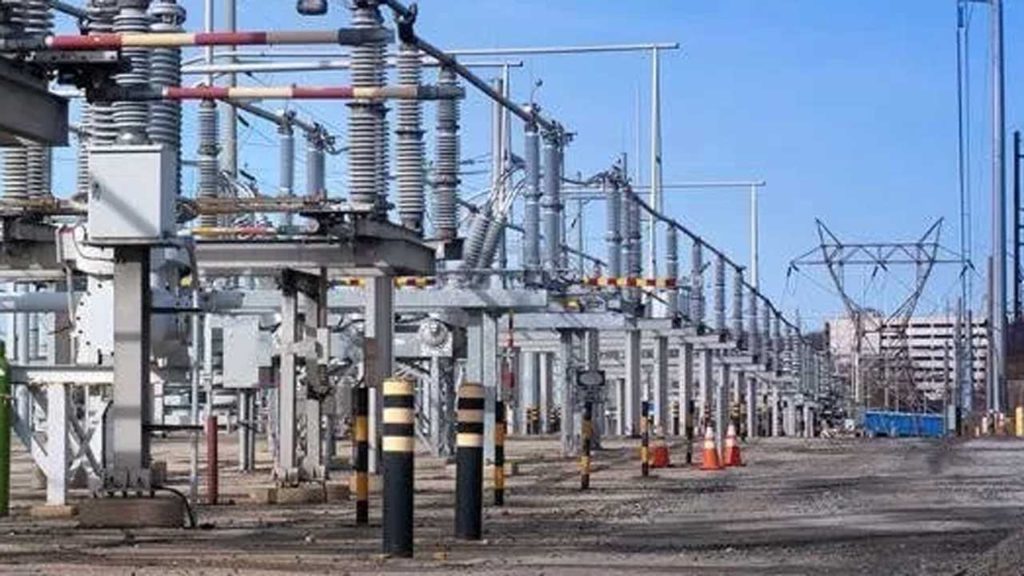…DisCos, eligible customer challenges limit intervention in sector
Stakeholders in the power sector, yesterday, decried the limitations hindering government intervention in the electricity sector despite the addition of over 3,400 megawatts (MW) to the national grid and 22 substations constructed through the Niger Delta Power Holding Company (NDPHC) in the last six years.
According to the experts, the contribution of the intervention agency, NDPHC, is being hindered by challenges from Distribution Companies (DisCos) as well as delay in the eligible customer scheme.
A report, which assessed progress of the National Integrated Power Projects (NIPP) and obtained by The Guardian, had shown that while grid performance in the country now hovers around 7,600MW, six NIPP thermal power plants and a number of power substations championed by NDPHC agency improved energy delivery capacity in the electricity market.x
Privatised about eight years ago, the three tiers of government in the country had set up NDPHC as an intervention agency to accelerate the growth of the power sector.
But electricity consumers under the Nigeria Consumer Protection Network (NCPN), said despite the milestone achieved by NIPP/NDPHC, there were major areas of impediments to the full realisation of the lofty ideals of NIPP.
President of the group, Kunle Olubiyo, said delay in taking over projects by the DisCos’ Capital Expenditure (CAPEX), delay in Eligible Customers implementation and other bottlenecks must be cleared to ensure that more heavy power users could benefit from the new NIPP assets.
He said: “As a part of the low hanging fruits and quick fixed solutions, there should be an upward review of NIPP GenCos’ tariff to bring it at par with other thermal plants in the country. At the moment, NIPP tariff is currently N20 per Kilowatts Hour (KWH) while other non-NIPP/NDPHC thermal GenCos’ tariff is N27KWH.”
Olubiyo also called on the Nigerian Electricity Regulatory Commission (NERC) to fast track the valuation of NIPPs investment in transmission, distribution and gas infrastructure. That will enable NIPP/ NDPHC to recover over $3.5 billion investments in the power sector.
With the NIPP programme currently in its second phase, the report noted that significant improvement could be witnessed in the transmission, distribution and renewable energy sector in the country
From 2015 to 2019, the agency had completed 2194 kilometres of 330 kilovolt (kV) and 887km 132kV transmission lines respectively while about 10 new 330/132kV Substations and eight 132/33kV substations were connected to the national grid.
The agency revealed that the projects added 5590MVA/330kV and 3493MVA/132kV capacity levels. From June 2019 to January 2021, NDPHC’s transmission Department completed four new substations, boosting the national grid’s capacity further by 180MVA (Awka and Nkalagu Substations).
The report noted that the Ihiala and Orlu GIS substations have also been completed with a total 120MVA capacity, disclosing further that associated projects are being completed, before the substations could be connected to the national grid.
In terms of transmission, the Federal Government, through the agency, is said to have witnessed progress with all projects at an average of 80 per cent completion.
“These projects have been essential to fast-tracking the development of the Nigerian power sector, tackling major problems, and meeting the NDPHC’s mandate of lighting the nation. From 2015 to 2021, several projects have been completed or ongoing. Six NIPP power plants can now generate 3,400MW electricity for the national grid while the four other plants are still under construction even as some of their turbines operate partially,” the report noted.
The report further showed that the projects reduced Aggregate of Technical, Collection and Commercial Losses (ATC&C losses), improved on Health, Safety and Environment (HSE) while incorporating safety valves and different layers of systems protective devices.
Cost recovery systems and Returns on Investment (RoI), inclusive growth and multi-sectoral Multiplier effects with positive impacts on the broad spectrum of a nation’s economy, were also listed as benefits of the intervention.
On renewable energy, the report showed on-grid and off-grid renewable energy sources are being developed to provide efficient, clean, affordable and universal access to electricity for more Nigerians, and meet the vision of renewables making 30 per cent of the national energy mix by 2030 (Vision 30-30-30).
The Managing Director of NDPHC, Chiedu Ugbo, had noted that the company has done over 1000 intervention projects nationwide that include fixing vandalized or damaged power infrastructure while increasing the coverage area of power facilities.

